Those “one-liners” below were the supposed titles which I would choose for this post but I ended up with a General Statement of what is really happening in our Running Events. This is again a very long post which will compensate the long period of time that I was not able to post in this blog. So bear with me and hope that my post will somehow prevent “Mr Murphy” from creating a havoc to our well-planned or well-organized running event. Happy reading!
Why Runners Die In Running Events?
Things To Do If You Want To Die In A Running Event
Why Die Running When You Are Supposed To Be Having Fun?
How Can We Prevent Deaths In Running Events?

If you want to relive the origin and history of the Marathon Race, you are not Phidippedes, who was then a professional runner, messenger and one of the warriors of the Athenian Army before and after The Battle of Marathon in 490 B.C. If you don’t know what went through with him, then I have to refresh you with what he did before and after the said battle. Phidippedes was sent by the Athenian Army Generals to ask help and for additional troops from Sparta to repel the impending attack by the Persian Army by running a distance of 140 miles in 36 hours. After getting a negative feedback from the Spartan government, he went back to Athens running the same distance delivering the message of the Spartans. Without the support from Sparta, the Athenians went to battle with the Persians at the Battle of Marathon and the Athenians won with the surviving Persian Army retreating through their ships and tried to make their way nearer to Athens. Phidippedes was sent to Athens to deliver the message that the Athenians won the battle and warned the remaining Greek Army to prepare for the impending attack of the retreating Persians. After delivering the message, Phidippedes died despite running a distance of 26 miles. Thus, this heroic deed of Phidippedes as a runner-messenger gave birth to our sports of Marathon Running. (Note: If you read closely to the history, Phidippedes’ deed also gave birth to Ultra Marathon events!)

In this modern time, you, as a runner is not Phidippedes! You are not a trained warrior or a soldier of an Army who dons a warrior’s armor and spear or sword, running on trails and mountains or hills and through vegetation on sandals or maybe, on barefoot! Organizers of Running Events are already well-equipped and prepared to prevent and respond to any contingencies, more so, on the safety and well-being of every runner-participant. Nobody would like to die in a running event and want himself/herself to be declared a hero! Every runner has the ultimate desire to finish the race and hope that his/her attendance to future running events will give him/her a better performance.
Then why do we have these deaths in Running Events when we should be joining them for fun and healthy reasons?
Who gives a SHIT on this topic when only few people or runners gave such information (death/casualty of the race) on the Social Media and everything stops there? And as in the same with the previous deaths, this incident was not published in any of our traditional media and our BroadShits/Daily Newspapers
Where is the Official Statement of the Race Organizer for us to know the details of the death so that those “experts” would know what to do to prevent this thing being repeated in the future? Remember, the same death occurred five (5) years ago in the same Running Event and the same distance. And other deaths in running events were not officially reported in the past and up to this time, no studies or conclusions were published.
Do you remember this post that I made? https://baldrunner.com/2010/07/14/death/. I guess, this blog right now is a repetition of what I’ve posted 5 years ago.
Is there any note/message/appeal from the family of the victim? Five years ago, the father of a runner came up with this article stating all the facts and his observations he gathered on the death of his son. It would be nice to refresh everybody’s mind on this. https://baldrunner.com/2010/07/16/r-i-p-remus-fuentes/
The father of the dead runner five years ago made a very well-written and well-researched article on the death of his son and asked some questions to be answered. However, his seven (7) questions to the Race Organizer remained to be unanswered up to this day. So far, I have never encountered published answers to these questions by the Race Organizer whether in Social Media/Traditional Media outlets or an information from the father of the victim if his questions were answered.
Whether such questions were answered by “other means”, I really don’t give a SHIT out of it. But the fact remains, there will be more deaths in running events in the future!
As they say, “History repeats itself!”
On the lighter side, I am coming out with a parody on the deaths of runners being organized by BIG Multinational Companies.
I might be senseless and insensitive or maybe, boastful but take these next statements as comical and non-serious in nature. I am just trying to express the possibilities of things to happen in the future on these deaths of runners.
—If you are depressed and wants to commit a suicide, join a running event without any training, run as hard as you can without hydration or food from start to finish. If nothing happens on your first attempt, do it again until you pass out. Hopefully, you will be considered as a hero and your bereaved family’s questions on your death will be answered by “other means” by the Race Organizer. Who knows your death would mean an educational scholarship on your younger brothers or sisters. Or maybe, your parents will have a capital to come up with a good investment or business to remember you!
—Since most of the greater bulk of runners lives below the poverty line, these people could just join any running event so that “others in their family may live”. Make sure they should join BIG Running Events sponsored by BIG Companies! Training & Race Strategy? NONE! Just go with the flow, stupid!
—Come up with a Facebook account, get as many Friends as you can get and fake yourself as a Runner. Develop your “fake identity as a runner” with lots of “selfies on running attire” and “photoshopped” running pictures. When the timing is perfect, join a running event without any training and no hydration. If you pass out and will be able to survive it, you will be more popular. Repeat the process until you die. Who knows, one of your siblings will be able to win the Presidential Race in the next elections!
OK, I will stop this non-sense! Anyway, these are just jokes playing in my mind. Back to being serious again.
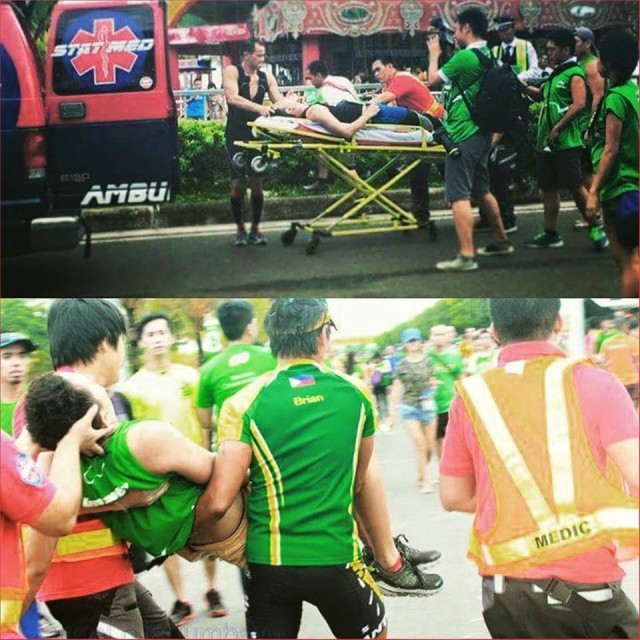
What are the things that we should do to prevent these deaths from happening in the future? I think there is no need for a Congressional Investigation on this matter as we know nothing would result in these investigations. Such investigation will put a great SHAME on our law-makers as they are ignorant of what a long distance runner is going through. In the first place, these people do not exercise as you can see in their body forms. They are ONLY good in RUNNING for an Elective Position! Right? Do we need Laws to be obeyed for us to organize and participate in Running Events? Who need Laws when they are not fully implemented and most of us would violate them after all? However, as I said, there are basic things that we should do to prevent these deaths from happening again.
The following are my suggestions:
1. Make it mandatory to state/print a BOLD Footnote in all advertisement of running events that “RUNNING WITHOUT TRAINING & HYDRATION IS DANGEROUS TO YOUR HEALTH. IT CAN KILL YOU”. Period! It is like buying a pack of cigarette where a word of caution/warning from the General Surgeon is written on the pack stating that “Smoking Can Cause Deaths & Other Forms of Disability” (some sort of that kind of message). This warning footnote should be printed in bold letters in every Registration Form of a Running Event.
2. If the advertisement is on TV, emphasize that “Running Without Proper Training Is Dangerous To One’s Life” with the pictures of dead runners of past events flashed on the screen of the TV.
3. Do not “force” or make the Running Event as “mandatory” to students of High Schools and Colleges/Universities through their Physical Education Departments. More so, making it mandatory to the young pupils in the Elementary Schools. By the way, who gives a SHIT if you have these “thousands or millions” of runners featured as a front page picture of the most popular daily newspaper/broadSHIT of the country? In the first place, such coverage of the event was paid by the Race Organizer from the registration fees of the runners! If you think you are attracting or inspiring more “soon-to-be” runners to join the event, then it is directly proportional that we will have more deaths in future running events. However, if you think you have more profits to rake with a lot of runners, then that is called GREED.
4. FREE Running Clinics should be conducted continuously during the year in order to educate the citizenry on the benefits of running, how to train for it, and the importance of hydration during ones training, and during the running events or races. Make these clinics or lectures in the local dialect so that the simple instructions on training will be absorbed easily in the minds of the runners. Simplicity is the KEY. The goal is to transform a person to an endurance athlete through graduated progression and preparation. This goal brings me to the next item.
5. It is the responsibility of the runner to transform himself to a long distance/endurance runner through graduated or calibrated progression. It is a basic step to start from walking for about 30 minutes and then jogging for 30 minutes after a period of time if one is bored with walking. From there, the 30 minutes jogging becomes one hour and so on. And the worse thing happens, you want some more time to run and you now try to find out how far you can run in one hour. And then the worst thing to happen is when you try to find out where you can register for a 5K race. Through these races, a runner is now addicted to the sports, most specially when he/she learns a lot of mistakes/lessons and be able to correct them as he/she progresses to longer distances, making this runner as a smart, strong, and fast “beast”. Simply said, there are NO shortcuts in training for a running event. “Everybody starts in the Kindergarten!” (Note: Every runner should be able to read and understand the Waiver Of Liability from the Race Organizer/Sponsors before writing his/her signature on the Registration Form)
6. More of the responsibility rests on the shoulders of the Race Organizer. The safety of the runners is the outmost goal of the Race Organizer in order to make it a successful event. This is the reason why 5K, 10K, 21K and Marathon (42K) races have its routes as closed from vehicular traffic. The runners are the Kings & Queens of the Roads for the duration of the race and that is why they paid so much for their registration fees. There are lots of Aid Stations which offer Water, Electrolyte Drinks and Bite Foods. There are lots of Medical Response Teams along the route ready to act on emergency cases involving the runners. But despite of these planning and preparations, something happens wrong. Mr Murphy is always there to test on how we prepared for such an event and most of the time, it is Mr Murphy the one who is laughing on us. And when Mr Murphy had done his damage on us, we try to look for somebody to blame to, pointing everybody around us, rationalizing that the Race Organizer had provided all the safety nets for the event. Through “other means” of solving the situation, the incident is buried in the memory of every runner until another victim comes along. And the cycle continues and this is very true in many running events around the world.
7. It is easier said than done. There is a need to establish a Race Management Regulatory Board which could be under the National Government (maybe, in the Local Government, too) or on the level or part of the National Sports Federation that would impose fines, penalties, and suspension of licenses to operate as Race Director and/or Race Organizer. This is the body that investigates incidents of deaths or casualties in running events. It also screens Race Organizers and even controls the “sprouting” of Running Coaches in the country. Every coach should have a license from this Regulatory Board in order to do their business. More functions and mission could be on the responsibility of this office/establishment for the benefit of the safety of the runners. Maybe, this is the reason that we should have a Department of Sports Excellence.
8. This is another “out of the box” suggestion. Every runner-participant in these BIG Races should belong to a Running Club or a Running Team which has an established organization, meaning, it has its elected officers with established protocols (training, etiquette, and others) for each member to follow. If there is a death among its members related to running in races, its officers and coaches should be held liable and appropriate criminal charges should be filed against them by the family of the victim or by the government. Having said this, each runner must submit a Certification from the Running Club/Team that he is fit and duly trained by the group as an additional requirement in the registration process. Most of the time, it is the “peer pressure” among Running Team Members that would force a seemingly not prepared and not well-trained runner within the group to join a running event.
9. How about those Medical/Health Practitioners who issue Medical Clearances and Certifications to every Runner, should they be liable also if their names appear in the submitted requirement? Of course, Yes! This should put a pressure on those issuing authorities of Medical Requirements to be thorough in their examination and tests to the runners before giving them the appropriate certificate. This process could be very expensive on the part of the runner but what is ones money’s worth when ones life is at stake in doing this process properly. Staying alive after a running a race is the best prize one could get in joining running events.
10. Just maybe the Government would come into the picture for the youth to be mandatory involved in Boy Scouting & Girl Scouting in Elementary Grades; Preparatory Military Training (PMT) for High Schools; and ROTC in the Colleges and Universities. Or maybe, come up with a Physical Fitness Test for High Schools and College Levels. Such programs would make our youths physically active instead of sitting their asses in front of their Laptops, iPads, or IPhones playing Internet Games or posting their status on Facebook.
11. Lastly, I could be wrong but in my opinion, the Emergency Response Teams are not capable in dealing with heatstroke and more so, if the runner had a heart failure/attack. Please correct me if I am wrong on this assessment to this group. I have only this word for them——Over Acting (OA)! I have the impression that the Emergency Response Team has the primary job to determine if the casualty needs to be transported to the hospital or not. If the personnel of this Team do not know what to do or on a panic mode, their best bet is to simply call for the Ambulance. This leads me to the next issue to ask—if the personnel in the Ambulance that transports the casualty have the capability to make first -aid procedure en route to the hospital.
For whatever is worth in this post, I wish this post would reach to all the runners, soon-to-be runners, Race Organizers, Race Directors, Sponsors, Volunteers, Race Marshals, members of the Race Management Staff, and the family/friends of runners with the hope that we should learn something from these deaths in running events.
Lastly, let me remind again that in endurance sports, always remember to “listen to your body”.
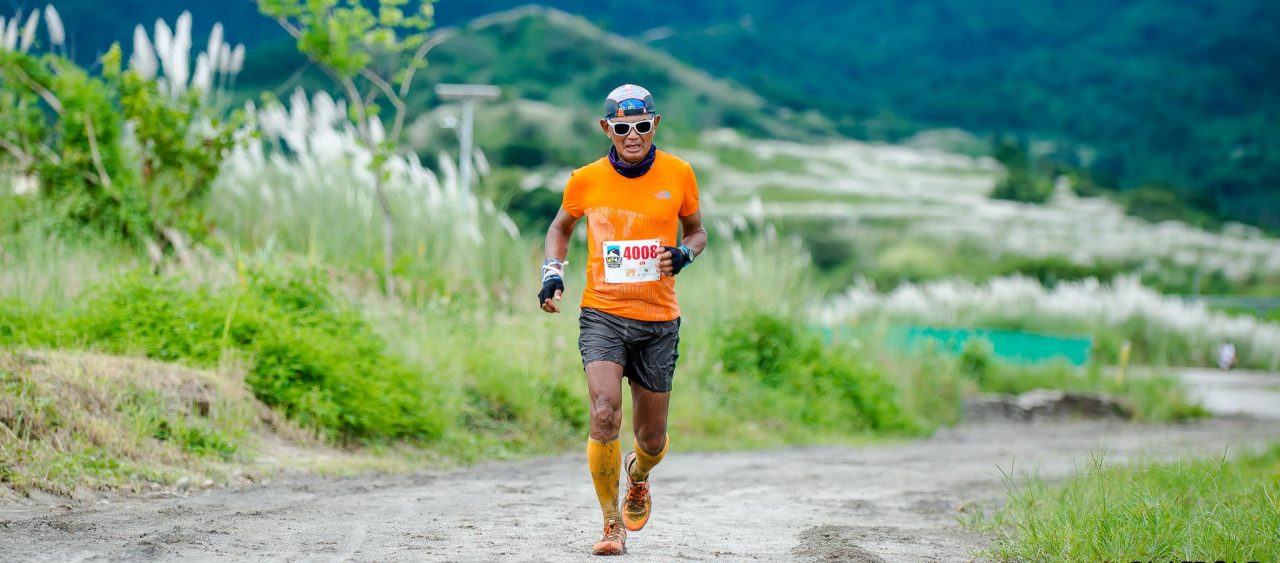

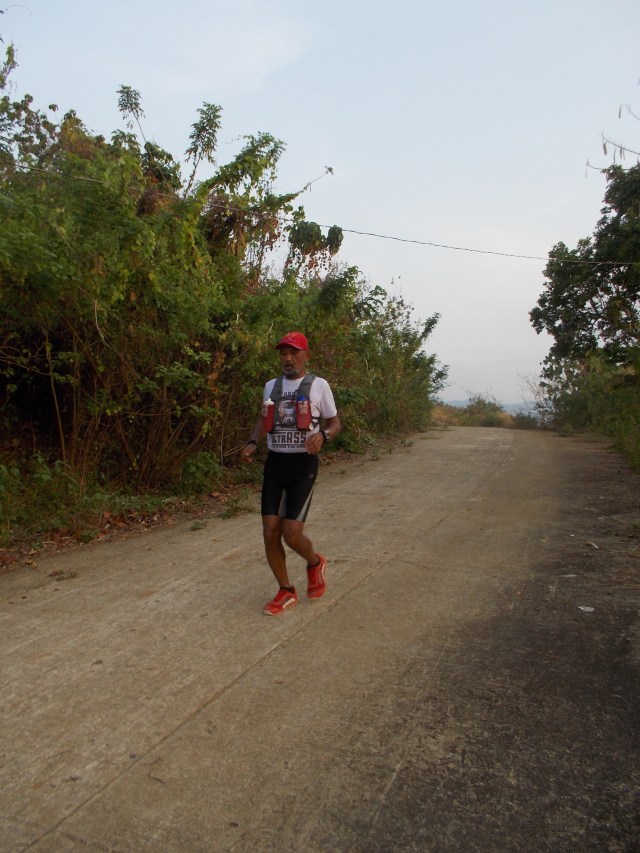


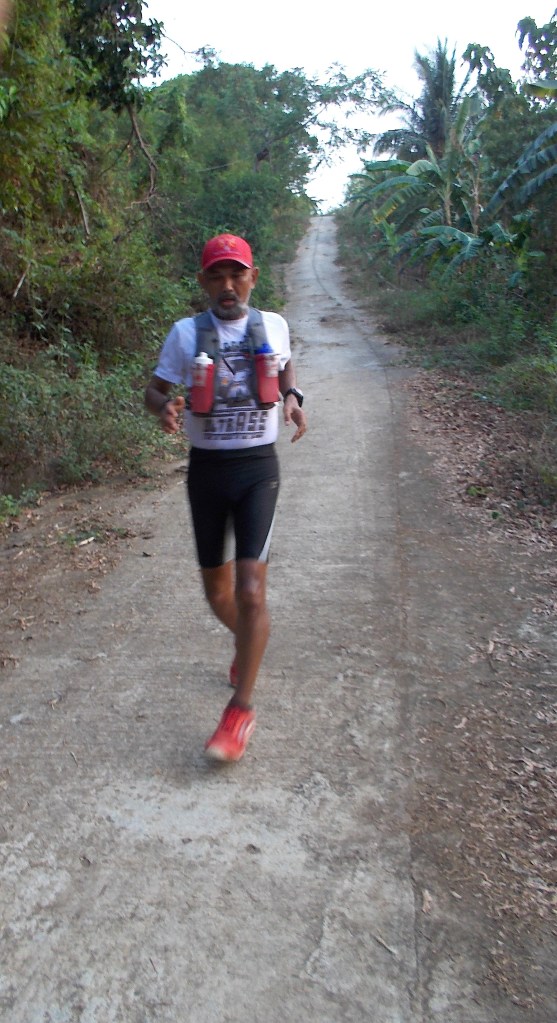
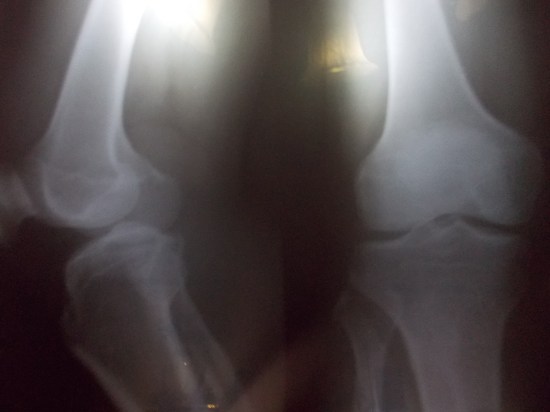
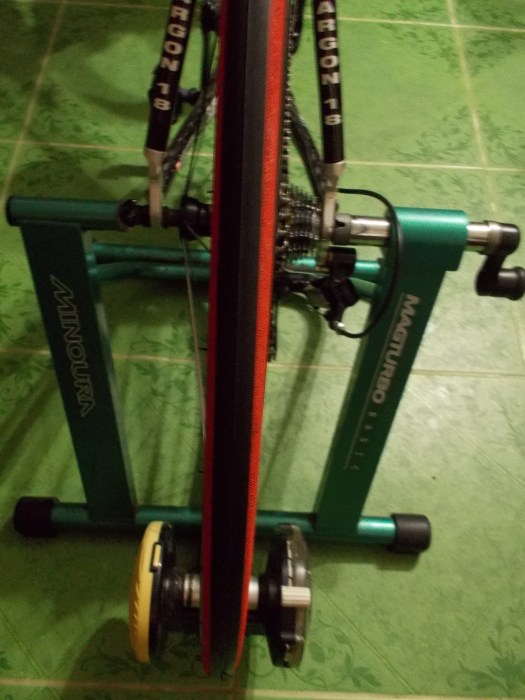




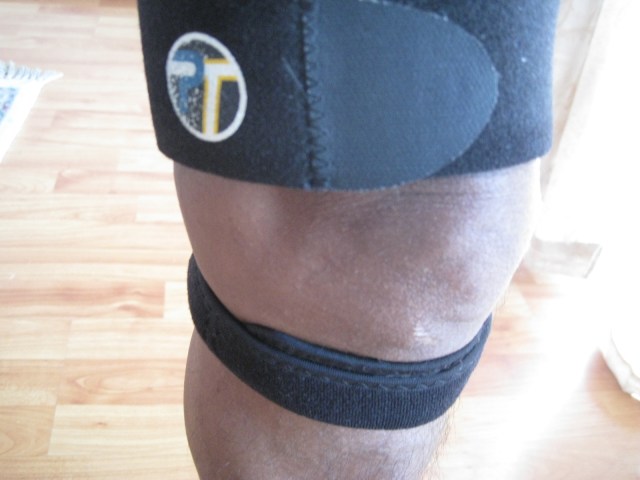

























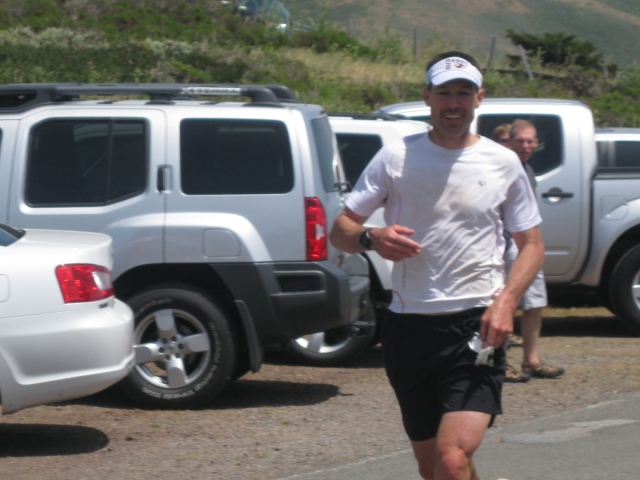






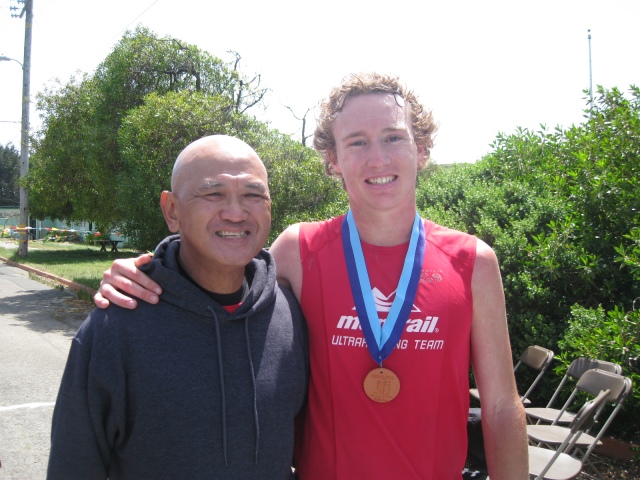


You must be logged in to post a comment.